From 'The Exorcist' to 'Fleabag': Best Priests, Nuns and Monks On Screen
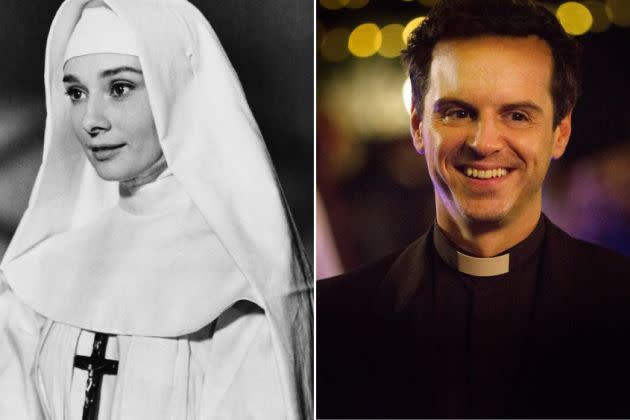
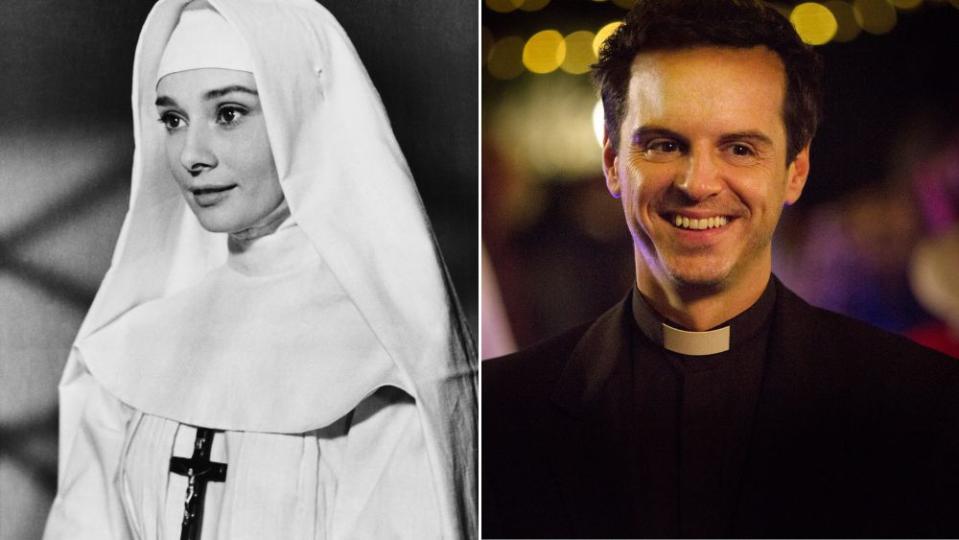
This semester, I’m teaching a course on priests, nuns, and monks in film at Loyola Marymount University’s School of Film and Television in Los Angeles. The most common question people ask after I tell them this — after “Why,” of course — is “Who are the top priests, nuns, and monks in the movies?”
More from Variety
Andrew Scott Is Utterly Charmless in Netflix's Somber 'Ripley': TV Review
Andrew Scott Makes History With Critics' Circle Theatre Awards Win for 'Vanya'
Andrew Scott, David Tennant, Sophie Okonedo Win Acting Prizes at U.K. Critics' Circle Theatre Awards
Below is an organized version of my usual response, a collection of priests, nuns, and monks from cinemas across the globe who, by virtue of their cultural and/or artistic impact, I contend are the most important in film history.
Apologies in advance, as Bing Crosby, Julie Andrews, and Whoopi Goldberg didn’t make the cut. Why? Because Whoopi isn’t technically a nun in her film; Julie is in the convent for about five minutes in hers; and Bing reads smug to the modern eye, and also his co-star Barry Fitzgerald upstages him.
Speaking of Fitzgerald, his 1944 Oscar-sweeper “Going My Way” celebrates the 80th anniversary of its premiere this week — making it all the more entertaining to reminisce on cinema’s top clerics.
Jake Martin is a Jesuit Priest and an Assistant Clinical Professor of Film, Television and Media Studies at Loyola Marymount University in Los Angeles. He received his PhD in Film Studies from Trinity College, Dublin.
The Ideal Movie Priest
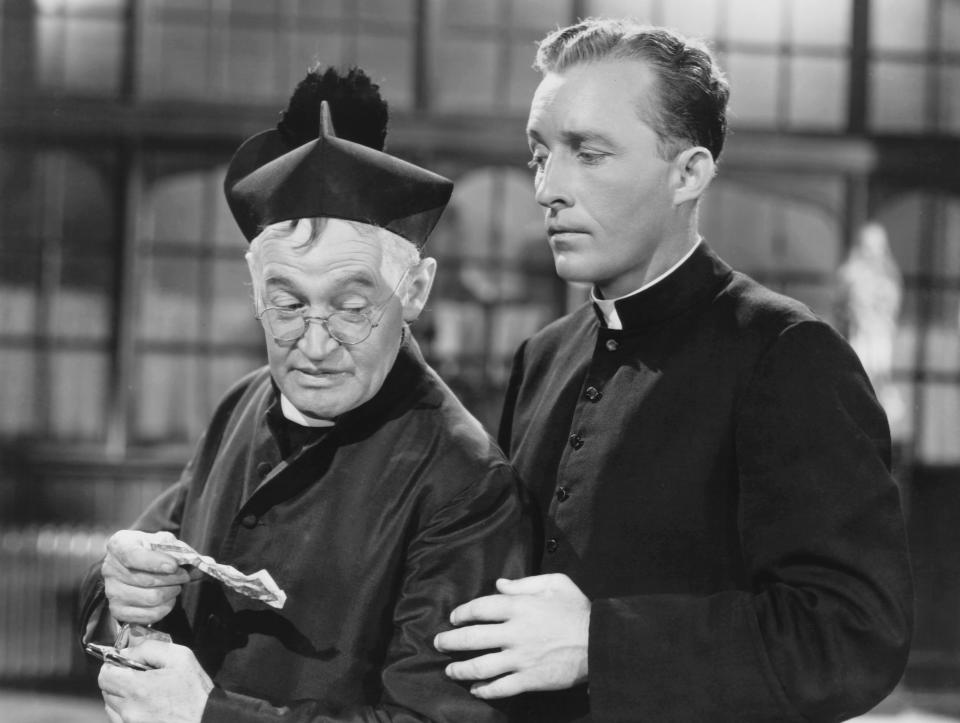
Father Fitzgibbon – “Going My Way” (1944)
Directed by Leo McCarey
Speaking of Fitzgerald, his depiction of Father Fitzgibbon is the gold standard for the Hollywood priest. Though, Fitzgerald’s co-star, Bing Crosby, was the star of the film, it is Fitzgerald who was, for generations of Americans, Irish or otherwise, the parish priest of their dreams. A gregarious and charming leprechaun of a man who enjoyed his nip of whiskey, all while still maintaining reverence for tradition.
The Activist Nun
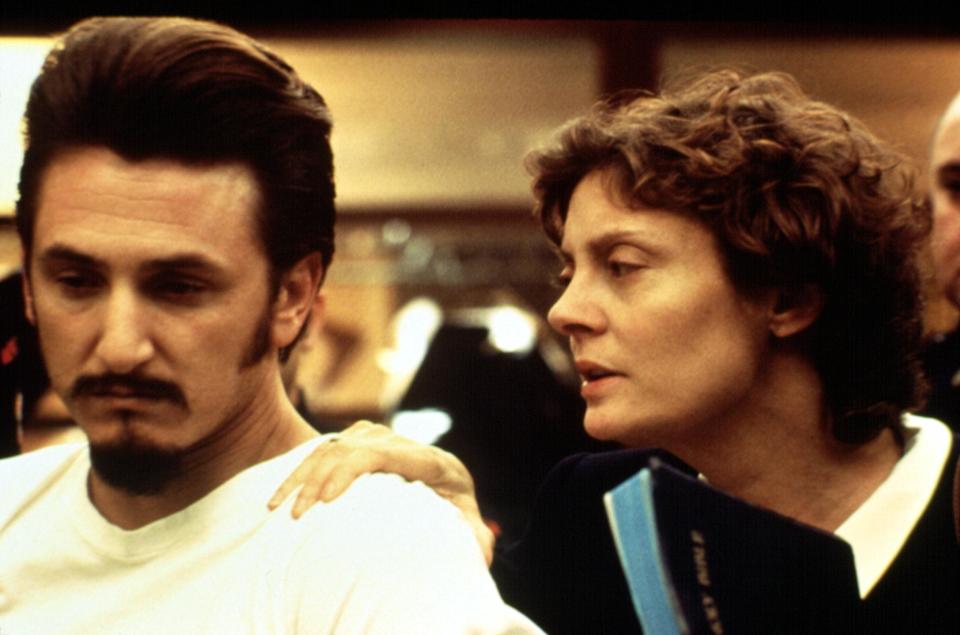
Sister Helen Prejean – “Dead Man Walking” (1995)
Directed by Tim Robbins
Susan Sarandon’s Oscar-winning turn is based on the real-life experiences of Sister Helen Prejean, CSJ. Sarandon’s nun accompanies convicted murderer Matthew Poncelet (Sean Penn) as he awaits execution on Death Row. Though female religious figures in the United States had been at the forefront of social activism for decades, Sarandon’s depiction of Prejean — an anti-death penalty crusader — was the first and remains the most high-profile cinematic depiction of the “activist nun.”
The Kung-Fu Monk
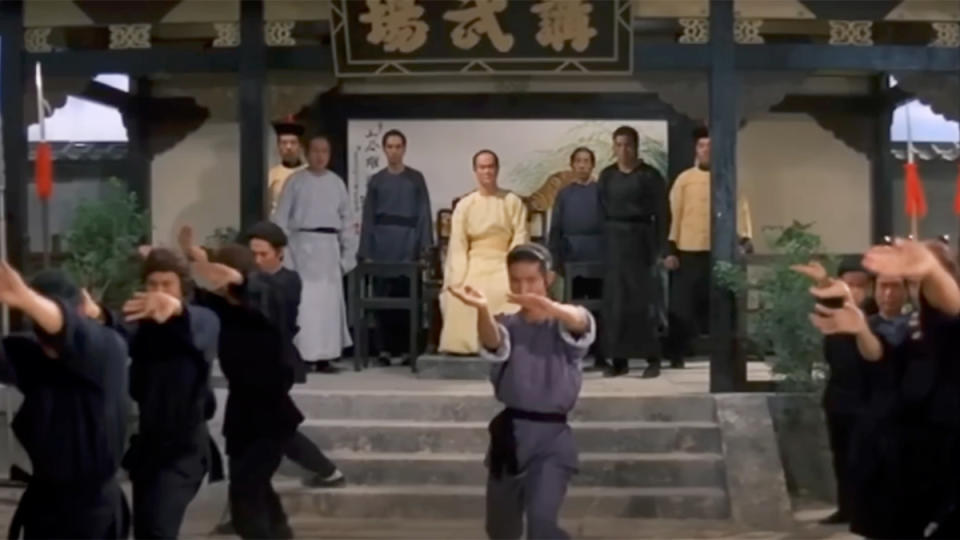
Lin Zhi-ming – “Martial Arts of Shaolin” (1986)
Directed by Chia-Liang Liu
This is easily the best of the three “Shaolin Temple” films that launched Jet Li to stardom. Li’s portrayal of Zhi-ming, a monk at the Shaolin monastery bent on avenging the murder of his family (not the first or the last time this plot is used) is less about the acting and more about the kung-fu. With that said, Li’s shy charisma is perfect for the role and the film demonstrates why the genre stands out in its ability to capture the ascetic elements fundamental to the monastic tradition.
The Proto-Feminist Nun
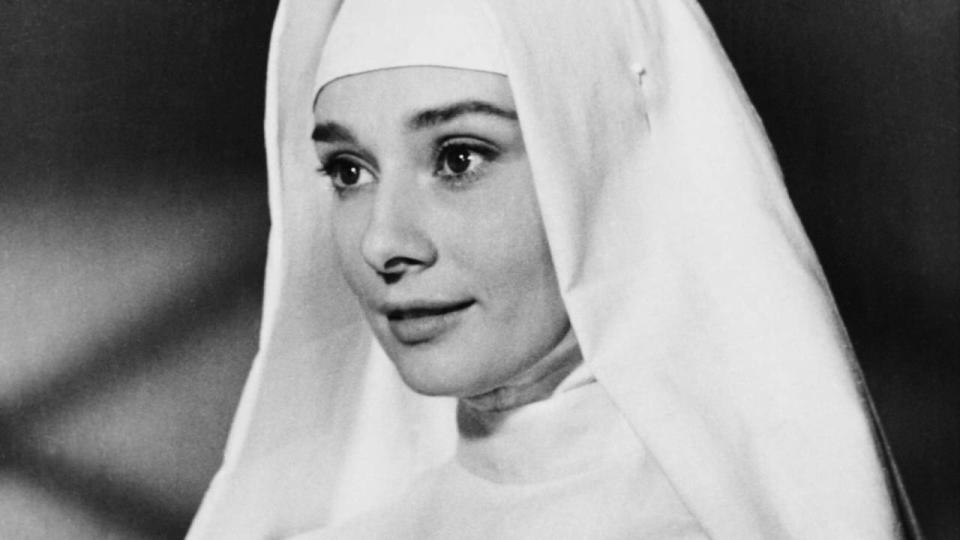
Sister Luke – “The Nun’s Story” (1959)
Directed by Fred Zinnemann
This choice is a “hot take” according to my students, because Audrey Hepburn’s Sister Luke gets the nod over perhaps the most famous nun in all of film history: Maria, as played by Julie Andrews in “The Sound of Music.” As popular as Robert Wise’s 1965 classic is, it’s not really a “nun’s story,” so much as a “governess who marries her boss story.” Hepburn’s Sister Luke stands as the definitive nun representation during the nearly two-decade span in the 1950s and ‘60s where an inordinate amount of nun films were coming out of Hollywood (“Change of Habit” aka Elvis hits on a nun who also happens to be Mary Tyler Moore, to name just one). All of these films, in one way or another, anticipated the burgeoning women’s movement in the U.S. particularly in their depictions of working women entirely removed from the domestic realm (albeit within the safety of the religious sphere).
The Art House Priest
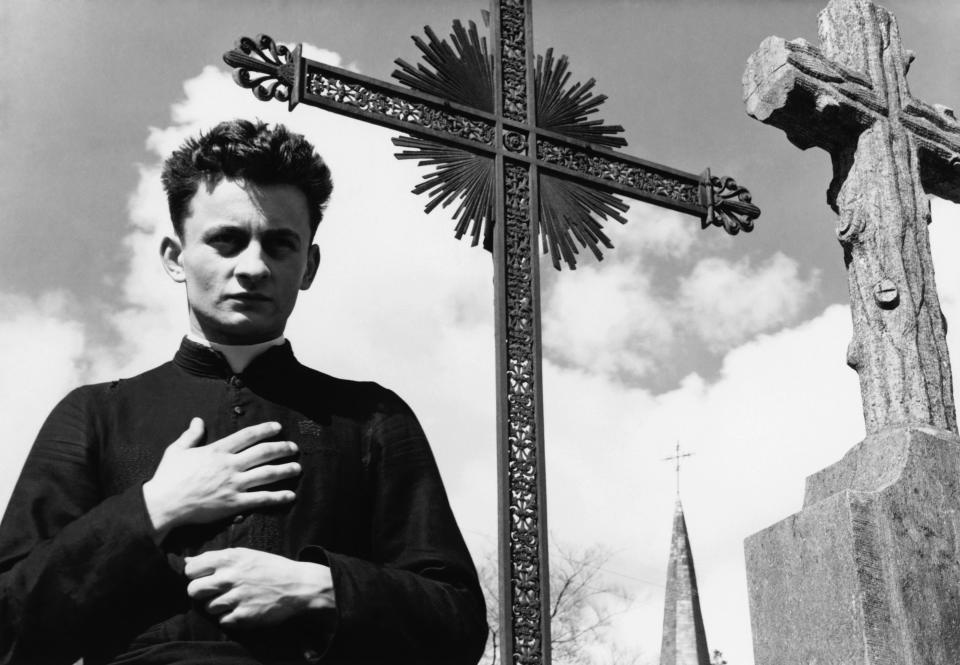
Curé d’Ambricourt – “Diary of a Country Priest” (1951)
Directed by Robert Bresson
Robert Bresson’s film, adapted from Georges Bernanos, novel tells the story of a young priest, played by Claude Laydu, who is attempting to minister to an indifferent and at times hostile community in rural France, all while fighting a terminal illness. The film, an influence on a veritable “who’s who” of notable auteurs, including Bergman and Scorsese, is grounded by Laydu’s underplayed, haunting depiction of muted suffering and remains the definitive “art house” cleric.
The Art House Nun
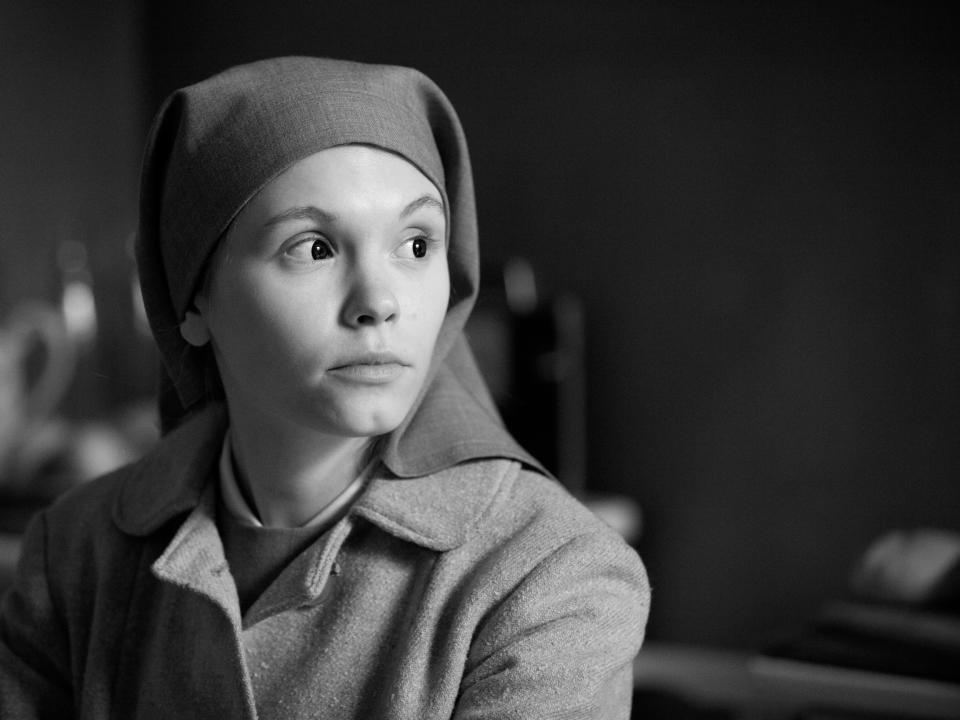
Anna/Ida – “Ida” (2013)
Directed by Pawel Pawlikowski
Pawlikowski’s visually stunning Academy Award-winning film is very much in the stylistic tradition of Bresson’s “Diary of a Country Priest.” And just as Laydu’s Curé is the archetype for the “arthouse” priest, Agata Trzebuchowska’s young nun on the verge of taking her vow is every bit the “art house” nun. The placid passivity of Trzebuchowska’s depiction of the young nun speaks less to the physical and spiritual despair that marked Laydu’s characterization and more to the suffocating external environment of living as a Jewish Catholic Nun in 1960s Communist Poland.
The Tormented, Method-y Priest
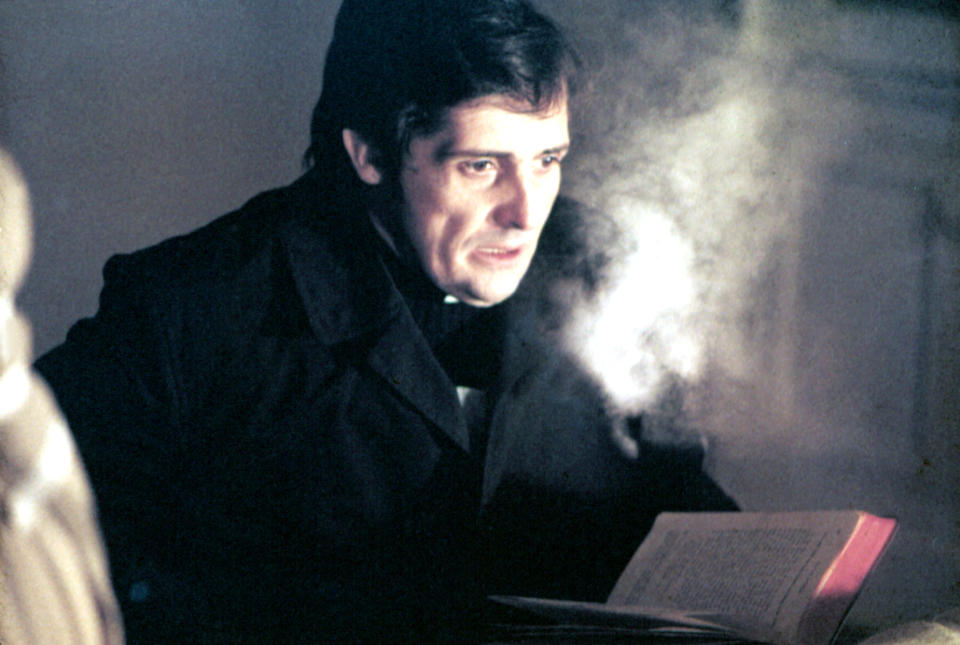
Father Damian Karras – “The Exorcist” (1973)
Directed by William Friedkin
Though much of William Friedkin’s film’s legacy is due to its graphic depictions of the demonic possession of a 13-year-old girl, infamously portrayed by Linda Blair, Jason Miller’s depiction of the tortured priest/psychiatrist Damian Karras gives the film a depth rarely seen in the horror genre. Though Max von Sydow’s Father Merrin stands as the iconic image in the film’s advertisements, his character’s position in the narrative is more functional than evocative. In fact, it is not Merrin’s exorcism that saves the girl, but Karras’ sacrificial intervention. Indeed, in the midst of the pea soup spewing, levitating, and head spinning, Karras’ crisis of faith brought on in part by the death of his mother adds a layer of poignancy that separates “The Exorcist” from so many of the possession films that have followed it.
The Wise Old Monk
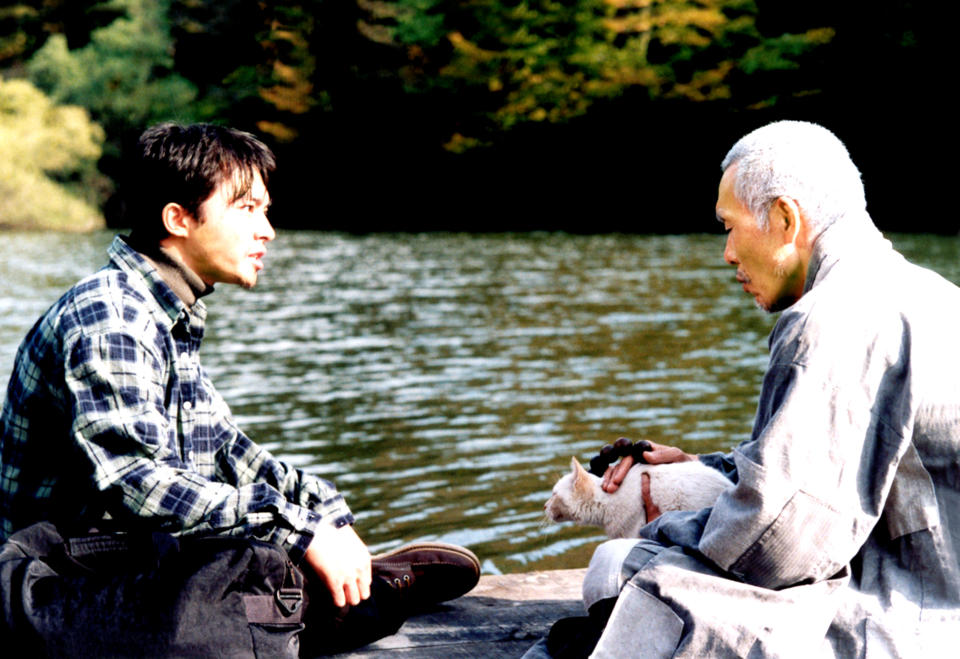
Old Monk – “Spring, Summer, Fall, Winter…and Spring” (2003)
Directed by Kim Ki-duk
The late, controversial Korean auteur Kim Ki-duk’s story of an aging Buddhist master (Oh Yeong-su) and his young pupil living on a floating temple in the middle of a lake is a must. Oh Yeong-su’s implacable wisdom figure tries and fails repeatedly in his attempts to guide his young charge, all the while continuing to embody Buddhist principles. Kim’s film is infused both narratively and formally with Buddhist themes and motifs and ultimately turns the audience into a pupil of sorts of the Old Monk as well, in a film that is equal parts tragedy and meditative prayer.
The Disturbed Nun
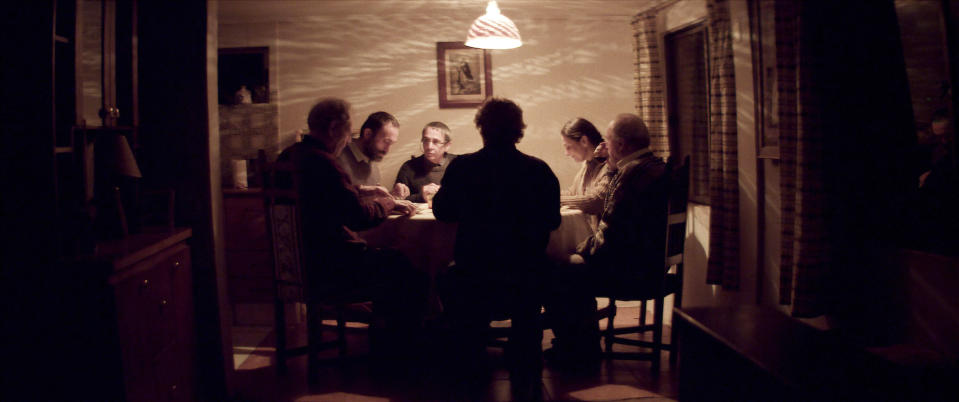
Hermana Mónica – “The Club” (2015)
Directed by Pablo Larraín
The archetype of the “disturbed” nun can be traced back to Kathleen Byron’s unsettling turn as Sister Ruth in Powell and Pressburger’s “Black Narcissus” in the late 1940s. Antonia Zegers’ nun in “The Club” is the caretaker to a group of criminal priests in a small seaside town in Chile, who is slowly revealed to be just as sinister as the men she oversees. Zegers’ chilling performance serves as the exclamation point on Pablo Larrain’s masterful study of clerical abuse and church corruption.
The Hot Priest
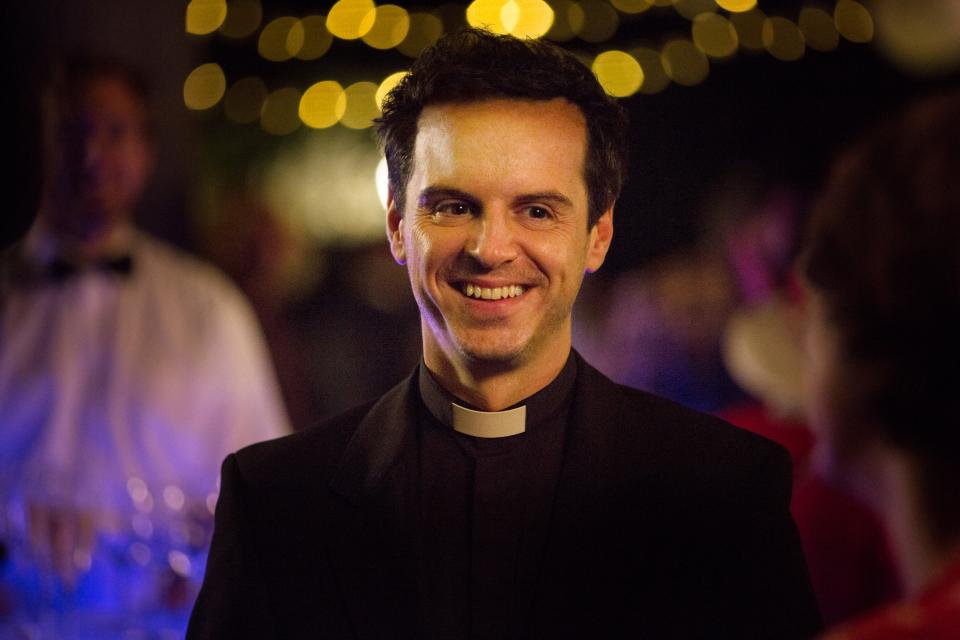
Andrew Scott – “Fleabag” (2019)
Created by Phoebe Waller-Bridge
This is a cheat, I know, as “Fleabag” is not technically a feature film. However, the impact that Andrew Scott’s clerical character, who would ultimately be baptized by the internet as the “Hot Priest,” was a cultural moment for Catholic clergy that hadn’t been seen in the West since, well, Barry and Bing were sweeping the Oscars some 80 years ago. To be fair, Scott’s priest was much more than a sexy priest. He essayed a funny, likable, flawed, and compassionate figure whose appeal emerged in large part from his continued attempts to straddle the line between the holy and human.
Best of Variety

 Yahoo News
Yahoo News 
